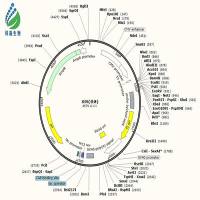Tumor necrosis factor-α (TNF-α) is one of the most pleiotropic of cytokines, acting as a host defense factor in myriad immunological and inflammatory responses and antitumor activity (1 –3 ). The cytotoxic effects of TNF-α are primarily mediated through TNF-R1 and the receptor-associated proteins, TNF-R1-associated death domain protein (TRADD) and Fas-associated death domain (FADD/MORT1) (3 –5 ). Ceramide generation and caspase activation represent potential regulation points of apoptotic signaling by TNF-α (6 ,7 ). Increased ceramide formation via sphingomyelinase represents an early event in the apoptotic cascade of TNF-α (6 ,8 ,9 ). In MCF-7 breast cancer cells, ceramide is one of the essential molecules in TNF-α-induced apoptosis (10 –12 ). Increased ceramide generation induced by the P-glycoprotein blocker PSC 833, restores TNF-α-induced apoptosis in KG1a leukemia cells (13 ), whereas loss of ceramide production is a cause of cellular resistance to apoptosis induced by TNF-α (14 ). Glucosylceramide synthase (GCS), converting ceramide into glucosylceramide (15 ), exerts strong influence over cellular ceramide levels and is thus a major modulator of programmed cell death (16 ). Introducing the GCS gene into TNF-α-sensitive MCF-7 cells greatly diminishes cellular response to TNF-α cytotoxicity (12 ).






